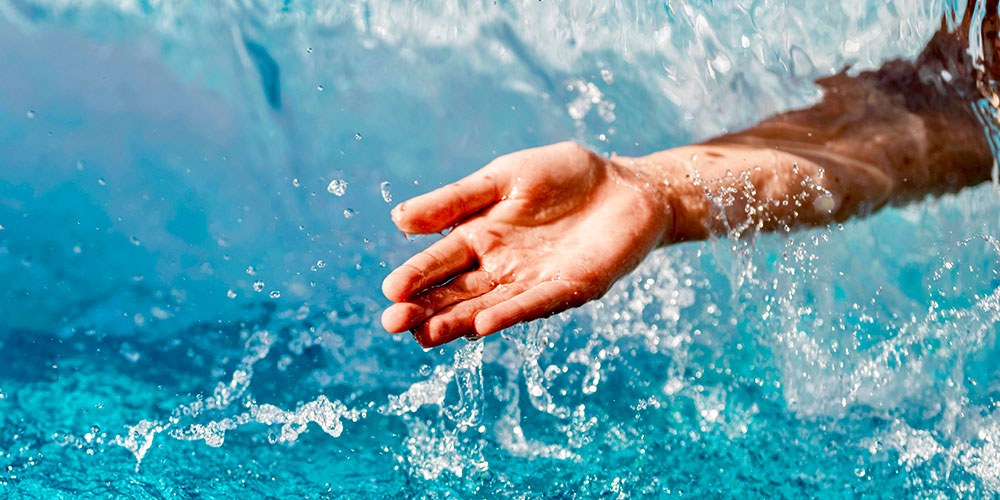Water on our plate: 5 reflections on International Food Day

Behind every bite and every sip, there is a story of water. Have you ever wondered how much water you “eat” per day? Each year, World Food Day provides an opportunity to reflect on a fundamental aspect of our global food system. This annual celebration, which takes place on 16 October, was established by the Food and Agriculture Organization of the United Nations (FAO) to raise awareness of issues related to food and agriculture around the world. In this edition (see video), the focus is on a vital resource that we often take for granted: water. Shall we reflect together on our relationship with this vital resource?
The inseparable link between water and food
To fully understand the importance of water in our food, it is enough to consider that, according to FAO data, to produce a single kilogram of wheat, approximately 1,000 litres of water are needed, and for one kilogram of beef, up to 15,000 litres! Water not only quenches our thirst, but also nourishes our crops, waters our livestock and enables virtually every aspect of food production.
The water we throw away
29 September is International Day of Awareness of Food Loss and Waste. Since we are just days away from this occasion, it is important to note that almost 1 billion tons of food are discarded annually, 17% of all food available to consumers worldwide. Too much, right? When we throw away food, we waste important resources that were used to produce it. And water is one of them.
The challenge of climate change and water scarcity
Climate change, with its many facets, is redefining our geography. Here is a shocking fact: wetlands, the biologically diverse enclaves of all ecosystems, are disappearing three times faster than forests and 85% of them have been lost in the last three hundred years.
Likewise, areas that previously received regular rainfall may now face unpredictable seasons, while traditionally dry areas may receive unusual torrential rains. Climate change affects not only water availability, but also the infrastructure we have built around our known water patterns, such as dams, canals and irrigation systems.
And what happens when there is no water in a region? Its population is forced to emigrate. Large areas that depend on local water sources for their crops or daily water supply live in such insecurity. A water source that becomes polluted or depleted can displace entire communities, driving them into already overpopulated urban areas or unfamiliar regions, where competition for resources can be fierce. Therefore, it is not only a question of sustainable food, but also of social, political and economic stability.
Efficient use of water in agriculture
The agricultural sector is the largest consumer of freshwater in the world, so efficient management of this resource is essential. More sustainable agricultural techniques, such as conservation agriculture, drip irrigation and rainwater harvesting, should be implemented. This is the only way to ensure that the value of each drop is maximised.
Water quality and food safety
Water contamination can have serious consequences for food safety. Contaminated water sources can compromise the health of crops and livestock, which in turn affects human health. It is essential that we protect water quality not only because of its importance in food, but also because of its impact on public health and the global ecosystem.
Shared responsibility
Let’s remember that every drop we consume has an impact, and every choice we make, from what we eat to how we farm, affects this precious resource. Let us value, protect and conserve water in all its forms. This year, as we celebrate World Food Day, let us consider how our individual and collective actions can contribute to a world where water and sustainable food are available to all. At CEMAS, we invite you to join this global movement, because water, like food, is life. Want to take action? Click here to take the plunge!
